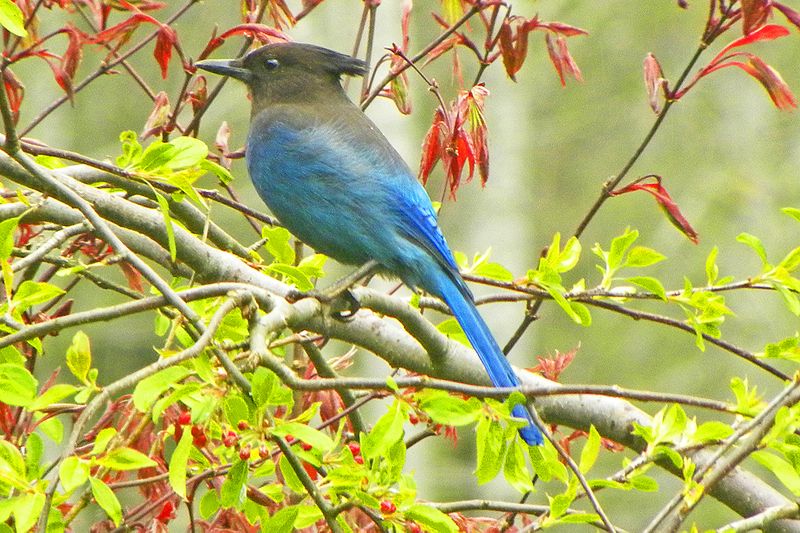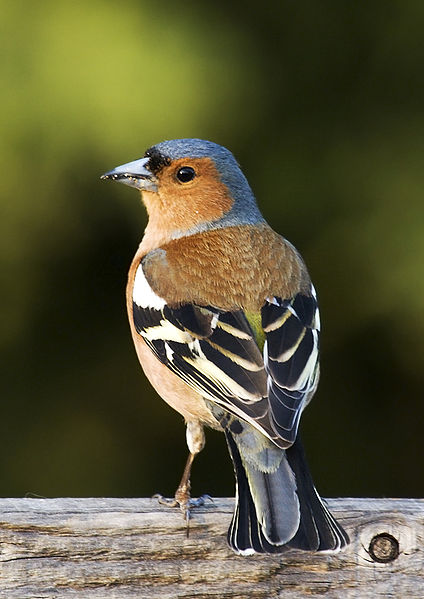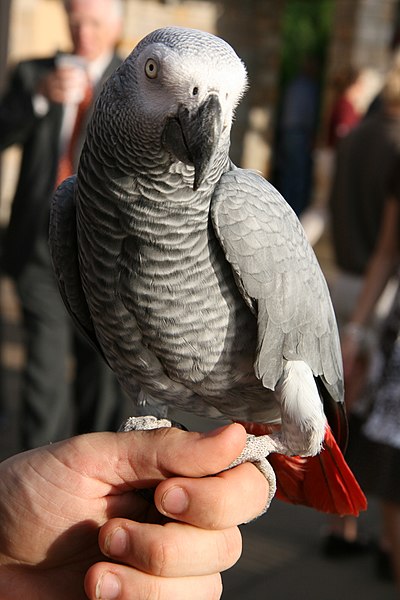 Volunteer participants in Project Feederwatch, the Audubon Society Christmas Bird Count and similar efforts have been providing ornithologists with much-needed data for decades. It’s simple to get involved, and there’s still time to help out in this winter’s programs (please see article below). Today I’d like to summarize some results from both this winter and last.
Volunteer participants in Project Feederwatch, the Audubon Society Christmas Bird Count and similar efforts have been providing ornithologists with much-needed data for decades. It’s simple to get involved, and there’s still time to help out in this winter’s programs (please see article below). Today I’d like to summarize some results from both this winter and last.
Project Feederwatch
Overseen by the Cornell Laboratory of Ornithology and several Canadian organizations, Project Feederwatch attracted 15,699 participants last winter (2009-2010). Altogether, 112,590 lists, documenting a staggering 5,855,881 individual birds, were submitted.
California and the Southwest
Pine Siskins, Pine Grosbeaks and Redpolls, which often move as winter arrives, were quite scarce; this was likely due to the availability of food in Canada.
Leading all species in the region’s counts were House Finches, Dark-Eyed Juncos, Mourning Doves, Western Scrub Jays and White-Crowned Sparrows. Steller’s Jays and Cooper’s and Sharp-Shinned Hawks (both of which visit feeders in search of prey) were less in evidence than usual.
Lesser Goldfinches, Ruby-Crowned Kinglets and introduced Eurasian Collared Doves were seen in near-record numbers, while populations of Golden-Crowned Sparrows, Pine Siskins and Purple Finches seem to have declined.
The Northeast
Chickadees, Mourning Doves, Dark-Eyed Juncos, Downy Woodpeckers and Blue Jays maintained their traditional “top 5” status, but all were seen in less-than-expected numbers.
Brown-Headed Cowbirds and Purple Finches were not abundant, and Redpolls were nearly absent. On a positive note, Northern Flickers, Chipping Sparrows, and Eastern Bluebirds seem to be on the increase. The introduced Eurasian Collared Dove continues to expand its range.
Please see the report below for summaries of counts held in other parts of the USA and Canada.
New York State
 I hope you’ll pardon my emphasis on my home state… While NYC may not seem ideal bird-counting territory, the grounds of the Bronx Zoo, Central Park and other hotspots have yielded over 250 species each. Having haunted such places since childhood, I’ve seen a good many, including such notables as Long-Eared Owls and Bald Eagles.
I hope you’ll pardon my emphasis on my home state… While NYC may not seem ideal bird-counting territory, the grounds of the Bronx Zoo, Central Park and other hotspots have yielded over 250 species each. Having haunted such places since childhood, I’ve seen a good many, including such notables as Long-Eared Owls and Bald Eagles.
The frigid environs of Albany would seem as forbidding to birds as does the Bronx, but here again there were many surprises. The NYS Department of Environmental Conservation’s New Year’s Day Count revealed range expansions for Tufted Titmice and Northern Cardinals, both of which were absent from the region 50 years ago. Red-backed Woodpeckers and Yellow-Bellied Sapsuckers, first observed in 1989 and 2008, respectively, seem to be there to stay.
Volunteer bird-watchers amass reams of data that could not be gathered b any other means…and all of it is used by ornithologists to track the health of native bird populations.
Further Reading
How Birders can Contribute to Conservation
Video: Cooper’s Hawk on patrol at bird feeder
Steller’s Jay image referenced from wikipedia and originally posted by Jerry Keenan
 That Bird Blog – Bird Care and History for Pet Birds
That Bird Blog – Bird Care and History for Pet Birds




